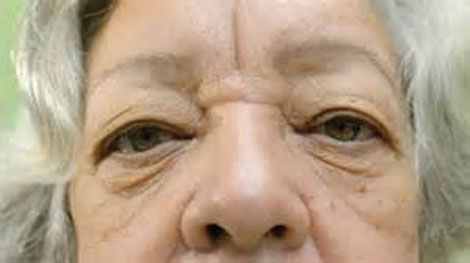Seven things to do for a healthy heart
February was American Heart Month, the time to remind everyone that heart disease — still the leading cause of death in American women and men — is preventable.
Uncontrolled blood pressure is the primary cause of the strokes and heart attacks that take the lives of so many. In fact, an American dies from stroke, heart attack and other cardiovascular diseases every 40 seconds.
A healthy heart means a healthy life. Here are seven of the most effective things you can start doing today to help your heart, according to Uma Krishnan, MD, a cardiologist who practices at MultiCare Health System.
1. Visit your doctor for a heart check. Your doctor will ask about your personal and family history and your lifestyle to help assess the risk of heart disease. She should also perform blood pressure, waist measurement and body mass index tests. And she will draw blood to test your sugar, cholesterol and blood fats (triglycerides) levels, which can give indications before symptoms develop.
2. If you smoke, stop. Get help to develop a stop-smoking plan that will work for you, such as MultiCare’s QuitSmart Tobacco Cessation Plan: www.multicare.org/tobacco-cessation
3. Try heart-healthy eating. If you are overweight, eating well will help reduce your weight, cholesterol and other body fats.
4. Determine your body mass index (BMI). BMI measures body fat based on height and weight, which will show whether you are within a healthy range. Search online for “BMI calculator†to easily determine your measurement.
5. Get a move on! Just 30 minutes of daily, moderate activity protects your heart and your health. Try walking briskly, raking leaves, cleaning house, dancing or lifting light weights.
6. Lower your blood pressure. If you have high blood pressure, work with your doctor to find ways to lower it.
7. Control your blood sugar (glucose) level. If you have diabetes, it is vital to control your blood sugar level. Aiming for 100 mg/dL or lower is recommended. Diabetes increases a woman’s risk of heart attack even more than it does for men, including silent heart attacks that occur without symptoms.
Source: MultiCare Health System

